Table of contents
- Understanding Your Intoxicated Mind: The Neuroscience Behind the Shift
- The European Context: Cultural and Legal Considerations
- The Sensory Experience: Making the Most of Heightened Perception
- Enhancing Your Music Experience: Tips for Europe
- Creative Expression: When Cannabis Actually Helps Your Craft
- Expanding Creativity: Vision Boards and Writing
- Sensory Exploration: Making Everyday Sensations Extraordinary
- Taste Amplification: Beyond the Munchies
- Movement and Physicality: Rethinking the Stereotype
- Outdoor Activities: Nature as a Sensory Laboratory
- Social Connection: How Cannabis Changes Togetherness
- Solo Rituals: Intentional Solitude While Intoxicated
- Practical Safety: Setting and Dosage Matter
- Wrapping It Up: Your Personal Menu
- FAQs
Getting high and doing absolutely nothing is a right that every cannabis user occasionally deserves. But if you're looking to actually make something happen while high, you might be surprised by how many things to do while high can genuinely transform your cannabis experience-rather than just kill time until the effects wear off. The key isn't just finding things to do while high; it's discovering the right activities that harmonize with where your mind and body are at during your altered state.
This article explores how cannabis fundamentally alters perception, sensory processing, and creativity, and how understanding these changes can help you choose experiences that leverage your altered state rather than fight against it. Whether you want to listen to music, create art, explore nature, or connect with friends, there's a fun way to enhance your cannabis experience.
Understanding Your Intoxicated Mind: The Neuroscience Behind the Shift
Before diving into specific things to do while high, it helps to understand what's actually happening in your brain. When THC enters your system, it doesn't just make you tired or giggly-it systematically rewires how your sensory cortex processes information. Your brain becomes temporarily more permeable to stimuli, which means music sounds deeper, colors appear more vivid, and mundane textures suddenly feel fascinating.
Research shows that cannabis increases "state absorption"-the degree to which you can immerse yourself fully in an experience. For example, a study from Toronto Metropolitan University involving 104 participants found significantly greater hearing sensitivity and levels of absorption while high compared to sober states. One participant summarized this perfectly: "When I'm not high, I just don't pay enough attention to the music; it's like background noise. When I am high, it's like that's the only thing I am focused on."
How Cannabis Alters Your Brain's Attention Systems
The transformation you experience when high goes deeper than just feeling more relaxed or giggly. Cannabis actually reorganizes how your brain allocates attention and processes competing stimuli. Regular cannabis users show distinct neural patterns when reorienting their attention-they employ compensatory neural processing in prefrontal regions to maintain focus equivalent to non-users.
What this means practically: while your concentration ability might seem impaired on demanding tasks requiring precision, your ability to direct attention toward chosen stimuli becomes extraordinarily acute. This explains why music feels more involving, nature walks become more absorbing, and conversations feel deeper when you're intoxicated.
The dopamine system plays a crucial role here. THC stimulates dopamine release in the striatum and nucleus accumbens-brain regions associated with reward and motivation. This dopamine surge doesn't just make things feel good; it fundamentally changes which activities feel engaging or tedious. Activities that tap into reward pathways-social connection, creative expression, sensory exploration-become intrinsically rewarding in ways that wouldn't normally occur while sober.
The Attention-Motivation Connection
Cannabis doesn't impair your ability to pay attention uniformly. Instead, it shifts your motivation priorities. The brain regions governing motivation (particularly the nucleus accumbens) become more sensitive to dopamine's influence when THC is present. This means:
- Activities aligned with your current emotional state feel vastly more engaging
- Mundane tasks feel less compelling (not because you can't focus, but because your brain isn't rewarding that focus)
- Novel experiences or sensory-rich activities activate dopamine responses more intensely than usual
This is why "things to do while high" should be intentionally chosen based on what you actually want to experience, not what you think you should be doing.
Cannabis also affects your perception of time, making it feel slower, which allows you to savor moments more deeply. This is why things to do while high that involve sensory immersion-like listening to music, exploring nature, or creating art-feel so naturally aligned with the experience.
However, there's a nuance to keep in mind: research on divergent thinking (creative problem-solving) shows that very high doses of cannabis can actually impair cognitive flexibility. A study found that participants who consumed high-dose THC (22 mg) performed worse on creative tasks than those who took low-dose (5.5 mg) or placebo. The takeaway? Moderation matters more than you might think for the most engaging things to do while high.
The European Context: Cultural and Legal Considerations

It's important to acknowledge that cannabis culture and legal frameworks in Europe differ significantly from those in the USA. Many European countries have varying regulations regarding cannabis consumption, possession, and public use. This affects not only where and how you can enjoy your intoxicated experiences but also the types of social activities and venues available.
Legal Landscape Across Europe
The European cannabis landscape is rapidly evolving. As of 2024-2025:
Fully Legal (Recreational): Malta became the first EU country to fully legalize cannabis in 2021, allowing adults to possess up to 7g publicly and grow 4 plants at home. Germany legalized recreational cannabis in April 2024, permitting possession of up to 25g in public and 50g at home, plus home cultivation of 3 plants. Luxembourg legalized in July 2023 with similar provisions.
Decriminalized: Portugal decriminalized all drugs in 2001, treating personal possession as an administrative offense rather than criminal. Spain allows private consumption and cultivation-and hundreds of private cannabis clubs operate legally in a grey-zone model, particularly in Barcelona and Catalonia. The Czech Republic treats possession of small amounts (up to 10g) as a fine, not criminal. Italy and France have decriminalization frameworks for small personal amounts.
Medical Only: France, Belgium, and many Nordic countries permit medical cannabis under strict regulation. Sweden maintains strict prohibition even for medical use.
Strict Prohibition: Countries like Poland, Norway, and parts of Eastern Europe maintain criminalization.
Understanding local regulations and cultural attitudes ensures your activities are enjoyable and safe. Whether you're exploring vibrant music festivals in Berlin or taking a nature walk in the Scottish Highlands, being informed helps you fully embrace your cannabis experience within the European setting.
European Cannabis Social Settings
Europe offers unique cannabis consumption environments that differ from North America:
Cannabis Clubs in Spain and Portugal: Particularly Barcelona and southern Spain host hundreds of private cannabis clubs operating as member-only associations. These aren't commercial dispensaries but social clubs focused on community and collective consumption.
Dutch Coffeeshops: Amsterdam's iconic model has spread but remains regulated under strict conditions-they can't advertise, must maintain certain distancing from schools, and operate under local licenses.
German Smoke Lounges: Post-legalization, Berlin and other German cities now feature "Smoke Lounges" where you can consume cannabis while socializing (though they can't sell it-that's coming in phase two of the rollout).
Cultural Variations: Copenhagen, despite lacking full legalization, has a notably tolerant cannabis scene with relaxed attitudes and community spaces. Berlin's cannabis culture integrates with the city's thriving artistic, festival, and nightlife scenes.
For travelers and residents planning things to do while high, knowing these venues and their legality in your location transforms the experience from anxiety-inducing to genuinely enjoyable.
The Sensory Experience: Making the Most of Heightened Perception
This is where things to do while high get truly interesting. Your sensory systems are literally operating differently, offering a treasure trove of new sensations to discover.
Music and Sound: A Gateway to Immersion
Perhaps the most scientifically documented effect of cannabis is its impact on music perception. Cannabis increases activation in auditory processing regions of the brain while simultaneously dampening activity in the reward centers. This means you hear music differently: subtleties become apparent, rhythms anchor deeper into your body, and your favorite tunes can become profoundly immersive.
Some of the best things to do while high involving music include:
- Listening to full albums start-to-finish with quality headphones and no distractions
- Exploring new genres you typically skip
- Attending a local concert or music festival to experience live music in a heightened state
- Creating playlists organized by emotional texture rather than artist or era
Musicians and producers often use cannabis for the auditory perspective it provides-not despite impairment, but because of the perceptual reframing. However, in overstimulating environments like chaotic concerts, this heightened sensitivity can become overwhelming. Choosing venues with good acoustics and comfortable settings helps avoid sensory overload.
The Science of Music and Dopamine While High
The reason music feels so transformative while intoxicated relates to how cannabis modulates dopamine release in your reward system. Cannabis enhances anandamide production-your brain's "cannabis-like" neurotransmitter-which increases the reward you derive from auditory stimulus. This is separate from just hearing better; your brain literally finds more pleasure in the experience.
Research on music reward shows that non-cannabis users experience dopamine surges to emotionally meaningful songs, but cannabis users report the same satisfaction from a wider range of musical material. This means genre limitations disappear-experimental electronic music, ambient soundscapes, or even genres you normally skip become genuinely compelling.
Enhancing Your Music Experience: Tips for Europe
Europe hosts some of the world's most iconic music festivals, from Glastonbury in the UK to Primavera Sound in Spain and Sonar in Barcelona. Attending a local concert or music festival while stoned can amplify your connection to live music, making it a truly immersive sensory experience. Alternatively, creating your own private listening session at home with your favorite songs and quality headphones can be a profound way to dive deep into sound.
For Europeans specifically: German techno festivals (particularly Berlin), Spanish electronic music venues, Dutch psytrance gatherings, and UK electronic festivals all feature unique acoustic environments that reward intoxicated listening. Portugal's music scene emphasizes smaller, more intimate venues-another excellent context for things to do while high.
Visual Enhancement and Pattern Recognition
Cannabis users frequently report enhanced visual perception, especially for colors, patterns, and spatial relationships. Your brain's visual cortex processes information more richly, making things to do while high that are visually rich-such as visiting art galleries, nature walks, or watching animated films-genuinely compelling rather than just passing time.
While cannabis may impair contrast sensitivity and visual acuity-making activities like driving unsafe-it enhances your ability to perceive intricate details in stationary visual environments.
Sensory things to do while high worth trying include:
- Visiting museums or art galleries with open layouts and breathing room
- Watching visually complex films or nature documentaries, such as those by Studio Ghibli or Planet Earth
- Stargazing or cloud-watching in parks
- Examining texture-rich objects like tree bark, fabric weaves, or crystal formations
Color Perception and Visual Processing Under Cannabis
The visual enhancement you experience relates to how cannabis modulates your visual cortex's sensitivity to spatial frequency. Simply put: your brain processes fine detail and color intensity differently when high.
Research shows cannabis users report colors appearing more saturated and textures more defined. This isn't hallucination-your visual cortex genuinely allocates processing resources differently, dedicating more neural activity to detail perception at the expense of some edge-detection accuracy (which explains why contrast sensitivity decreases while detail perception increases).
This has practical implications for things to do while high: activities emphasizing color and pattern (art galleries, nature, animated films) feel naturally rewarding, while activities requiring high contrast detection (driving, tasks with poor lighting) become genuinely difficult.
Discovering Visual Treasures in Europe
Europe is a treasure trove of art and culture, offering countless opportunities to explore visual wonders while intoxicated. From the Louvre in Paris to the street art of Lisbon, visiting a botanical garden or local gallery can be a rewarding way to engage your enhanced visual senses. For a nature-focused experience, consider a nature walk in the Swiss Alps or a visit to the botanical garden in Kew, London, where vibrant colors and intricate patterns of flora captivate your stoned mind.
Specific European visual experiences perfect for intoxicated states:
- Prague: Street art, astronomical clock, artistic cafes
- Barcelona: Gaudí architecture (visual complexity is genuinely immersive while high)
- Amsterdam: Canal-side nature walks, Van Gogh Museum
- Berlin: Street art culture, gallery district, parks
- Vienna: Imperial palaces and botanical gardens
- Kew Gardens (London): Botanical richness and sensory-designed spaces
Creative Expression: When Cannabis Actually Helps Your Craft
There's a persistent myth that cannabis makes you creative. The truth is more nuanced: cannabis facilitates certain types of creative work while potentially hindering others.
Low to moderate doses of cannabis seem to enhance divergent thinking-the brainstorming, non-linear, "think of wild alternatives" type of creativity. But higher doses may impair it. This is crucial to understand before diving into creative things to do while high.
How Low-Dose Cannabis Enhances Divergent Thinking
The enhancement you experience at low doses (5-10mg THC) relates to how cannabis weakens "top-down cognitive control"-the brain's tendency to filter ideas through established rules and patterns. Divergent thinking thrives when this filter loosens.
Studies show:
- Low-dose users (5.5mg THC) scored higher on verbal fluency tasks-generating more words and ideas in response to prompts
- Participants showed increased ideation on "alternate uses" tasks-thinking of more creative applications for everyday objects
- The creative benefit persisted specifically for divergent thinking; convergent thinking (logical problem-solving) actually impaired
Higher doses (22mg+) reversed these benefits, impairing even divergent thinking by introducing cognitive confusion rather than creative flexibility.
For creative things to do while high, this means: A modest dose unlocks new ideation possibilities, while higher amounts devolve into incoherence.
Visual Art and Music Production
Artists, musicians, and designers have used cannabis for decades as a tool for unlocking alternative perspectives. THC relaxes the brain's "internal critic"-that voice that edits your ideas before you express them. On canvas or musical staff, this can produce genuinely original work-or complete nonsense. The filter between "brilliant" and "what was I thinking?" gets fuzzy.
Best practices for creative things to do while high include:
- Painting or drawing without a plan; let the brush lead
- Playing a musical instrument, even if you don't normally
- Remixing or layering music using free digital tools
- Writing poetry, lyrics, or stream-of-consciousness journaling
- Crafting something tactile like jewelry making, sculpting clay, knitting, or origami
The key is to go in with zero attachment to the outcome. You're not creating a masterpiece; you're exploring a process your sober brain wouldn't attempt. Some of the best creative breakthroughs happen when artists stop judging their work mid-creation.
Intellectual Exploration and Problem-Solving
Cannabis also shines in mental flexibility during specific types of thinking. Low-dose THC reduces social anxiety while preserving intellectual engagement, making activities involving discussion, debate, or collective thinking surprisingly effective.
Fun things to do while high in this category include:
- Philosophical discussions or deep conversation with friends
- Cooperative board games like Catan, Pandemic, or Ticket to Ride
- Escape rooms or puzzle challenges
- Worldbuilding-creating fictional universes with consistent rules
- Analyzing media: dissecting movies, songs, or books
Research suggests cannabis-using conversationalists report deeper engagement with others' perspectives and increased openness to alternative viewpoints. The caveat remains dose-dependent: very high intoxication impairs executive function, while low-to-moderate doses facilitate lateral thinking.
Expanding Creativity: Vision Boards and Writing
Another rewarding way to channel your creative energy while high is by creating a vision board or writing a short story. Using colored pencils, magazines, and other craft supplies, assembling a vision board helps you visualize goals and dreams in a tactile, immersive way. Writing a short story or freestyle rap allows your mind to flow freely, unlocking new ideas and perspectives that might remain hidden when sober.
The dopamine system amplifies this experience-creative activities reward your brain more intensely when cannabis is present, making the experience itself more engaging than usual.
Sensory Exploration: Making Everyday Sensations Extraordinary
This is where things to do while high diverge completely from things to do while sober. Cannabis users frequently report that ordinary sensations become fascinating.
Tactile and Texture Play
Cannabis enhances proprioceptive awareness-your sense of where your body is in space. This is why yoga, swimming, or even just moving furniture feels different. But it also means static tactile experiences become deeply engaging.
Best sensory things to do while high include:
- Exploring different textures: blankets, fabrics, tree bark, or crystal formations
- Watching ASMR videos-the tingles hit differently
- Taking a bath or shower with intention, combining temperature, scent, and sound
- Engaging in skincare rituals like face masks
- Touching water, sand, or soil with bare hands
- Threading your fingers through different textures in your house
Intentional sensory baths are highly recommended: warm water at about 100°F, Epsom salts, essential oils like lavender or eucalyptus, and ambient music create a multi-sensory experience that's genuinely restorative.
Taste Amplification: Beyond the Munchies
Cannabis can increase sensitivity to umami (savory) flavors by 40% and sweetness by 28%. But unlike the stereotype of mindlessly eating whatever's nearby, intentional taste exploration becomes its own activity.
Things to do while high that leverage taste include:
- Create a flavor-tasting board (aged cheese, dark chocolate, cured meats, fruits)
- Try dishes from cuisines you've never experienced
- Cook something relatively simple but ingredient-focused (pasta primavera, curry, simple soup)
- Pair unusual flavor combinations and rate them
- Slow-sip different types of tea or coffee
- Try foods at different temperatures (warm chocolate vs. cold chocolate)
Culinary professionals who use cannabis note that the heightened taste perception forces them to really analyze flavor layers rather than just consume. A Michelin-chef user reported detecting five distinct mineral notes in Himalayan salt while high-a perception that became refined enough to influence his tasting menu.
Safety note: if you're actually cooking things to do while high, prep sober. Chop vegetables, measure ingredients, and have everything ready. Your spatial awareness and fine motor control are compromised. Many use sous-vide for precise temperature control.
Movement and Physicality: Rethinking the Stereotype
Cannabis doesn't automatically make you lazy. Some strains are uplifting, and certain activities leverage altered proprioception and reduced pain perception to feel better, not worse.
Yoga, Stretching, and Embodied Movement
Yoga teachers who use cannabis report deeper access to proprioceptive awareness-you can feel exactly where tension lives in your body. The muscle-relaxant properties of THC combined with heightened body awareness create ideal conditions for certain practices.
Best things to do while high involving movement include:
- Yin yoga (passive, longer holds feel incredible with relaxed muscles)
- Gentle stretching or guided flexibility routines
- Dance, especially free-form and non-choreographed
- Tai Chi or Qigong
- Swimming or floating, where water removes gravity and heightens proprioceptive feedback
Caution is advised: avoid activities involving balance or inversions at high intoxication levels. Downward dog becomes much less fun when your spatial orientation is skewed. Still, 68% of yoga practitioners who use cannabis report improved practice when mindful of their limits.
Outdoor Activities: Nature as a Sensory Laboratory
Cannabis doesn't magically make you athletic, but it can make you curious about your environment in ways that drive activity.
Sensory things to do while high outdoors include:
- Hiking on familiar trails (known terrain reduces navigation anxiety)
- Nature walks focused on observation rather than fitness
- Sitting by water-ocean, lake, or river-and watching patterns
- Foraging for visually interesting plants or stones
- Stargazing from a secure location
- Biking on flat, predictable paths
With enhanced sensory perception, colors seem more saturated, sounds feel more detailed, and even the air temperature becomes noteworthy. Users often report that nature feels "more real" while high-not hallucinating, but attentional. Your brain processes the landscape more deeply.
Practical considerations: GPS-tracked studies show users wander 73% farther than intended while absorbed in sensory experience. Pack water, tell someone where you're going, and avoid anything requiring split-second decision-making.
Embracing Europe's Natural Beauty
Europe offers a wide range of landscapes perfect for these sensory activities. Whether it's a nature walk through Germany's Black Forest, a bike ride along the Danube, or stargazing in the remote Scottish Highlands, the blend of cannabis and nature can lead to a pure relaxation experience that rejuvenates both body and mind.
European nature experiences optimized for intoxicated states:
- Swiss Alps: Alpine hiking and pristine landscapes
- Scottish Highlands: Remote stargazing and moody atmosphere
- Black Forest (Germany): Ancient forest walks and sensory immersion
- Danube (Austria/Hungary): Gentle riverside biking
- Norwegian Fjords: Water-based sensory experiences
- Pyrenees (Spain/France): Mountain trekking with cultural immersion
Social Connection: How Cannabis Changes Togetherness
Fun things to do while high often involve other people. Research shows group cannabis use increases oxytocin (the bonding hormone) by 18% during shared experiences like laughter or collaborative activities.
The Neuroscience of Social Connection While High
Cannabis enhances social bonding through a specific mechanism: it increases anandamide production in the nucleus accumbens-a brain region governing social reward. This doesn't just make social interaction feel nice; it literally makes your brain find social contact more rewarding than usual.
Oxytocin, the "bonding hormone," directly drives this anandamide release. So when you're with friends while intoxicated, your brain releases oxytocin → which increases anandamide → which activates cannabinoid receptors → which makes the social experience feel deeply rewarding.
This explains why conversations feel deeper, laughter feels more genuine, and group activities feel more connected while high. Your brain literally finds more pleasure in togetherness than it normally would.
Game Nights and Collaborative Activities
Board games requiring strategy work differently when high. Your brain isn't faster, but it can see unusual pattern combinations. Cooperative games-where everyone wins or loses together-are better than competitive ones, as cooperation triggers more oxytocin.
Best group things to do while high include:
- Board games like Catan, Pandemic, or Ticket to Ride
- Collaborative art: group painting or collage-making
- Music jam sessions, even if no one's particularly skilled
- Cooking together
- Building things together: forts, gardens, or simple structures
- Conversation circles or intentional dialogue
The key is removing competition and increasing collaboration. Cannabis enhances social bonding when the activity reinforces connection rather than hierarchy.
Comedy and Laughter
Cannabis makes people laugh. Neuroscience backs this up-THC affects brain regions associated with reward. Watching stand-up comedy, funny movies, or meme compilations becomes genuinely hilarious rather than just pleasant.
Deep Conversations
At moderate doses, cannabis reduces social anxiety while preserving language function. This makes things to do while high that involve meaningful conversation surprisingly rich. Long discussions about philosophy, dreams, personal growth, or even silly hypotheticals take on depth.
Research on social cognition shows cannabis users report greater perspective-taking and emotional empathy during conversations. You're not actually more insightful while high, but you're more genuinely interested in others' viewpoints, which makes dialogue richer.
Solo Rituals: Intentional Solitude While Intoxicated
Sometimes the best things to do while high are things you do alone.
Journaling and Reflection
Cannabis appears to enhance access to emotional material and creative expression. Journaling while intoxicated often produces unexpectedly honest or creative writing-thoughts that wouldn't emerge in normal consciousness.
Effective solo things to do while high include:
- Free-writing without editing
- Drawing or sketching without judgment
- Recording voice memos of ideas or observations
- Photography, finding beauty in mundane details
- Reading poetry or fiction
- Meditation or breathwork
Meditation and Mindfulness
Low-dose cannabis combined with meditation creates an interesting state. Research from Johns Hopkins suggests that float tanks plus 5mg THC increase "dissolution of ego boundaries" by 41%. In practical terms, you feel less separate from your surroundings, more connected, and more present.
Effective meditation things to do while high include:
- Breathing exercises, especially matching breath to music or binaural beats
- Guided meditations designed for introspection
- Yoga nidra (yogic sleep)
- Nature meditation outdoors
- Body scan practices
The catch: very high doses make meditation harder, not easier. You need enough clarity to sustain attention.
Practical Safety: Setting and Dosage Matter

The difference between things to do while high that work beautifully and those that result in anxiety or discomfort often comes down to two factors: your environment and your dose.
The Importance of "Set and Setting"
"Set" is your mindset going in. "Setting" is your physical environment. Cannabis amplifies both. If you're already anxious, cannabis won't cure that; it'll probably amplify it. If your environment is chaotic, cannabis will make it feel more chaotic.
Best practices for optimal things to do while high experiences include:
- Choose activities aligned with your current emotional state
- Ensure your environment is comfortable and familiar
- Avoid overstimulation like crowded venues or blaring traffic
- Start with low-to-moderate doses (2-5mg THC for most activities, not 20mg+)
- Have hydration and snacks nearby
- Let people know you're engaged and unavailable for emergencies
- Have CBD available, as it counteracts THC anxiety within 15-20 minutes
The Dose-Response Relationship
Interestingly, the things to do while high that work best often require lower doses than what heavy users consume daily. A low dose (5-10mg THC) is often better for creative work, social connection, and sensory appreciation than a high dose (20+mg). Higher doses decrease cognitive flexibility and increase anxiety risk.
Strain Selection
Different strains genuinely do produce different experiences. Sativa-dominant strains tend to enhance energy and focus, making them better for creative things to do while high. Indica-dominant strains promote relaxation, better for restorative activities. THC-heavy strains might impair the exact activities you want to optimize for, while balanced CBD:THC ratios are ideal for yoga or meditation.
Check out our guide to delta vapes for understanding how different cannabinoids shape your experience, and browse our THC gummies collection for reliable dosing with various strain profiles.
When Not to Do Certain Things While High
This bears repeating: some things are genuinely not things to do while high, regardless of how confident you feel. Driving tops the list-cannabis impairs reaction time, spatial awareness, and risk assessment in ways that make driving genuinely dangerous. Operating power tools, babysitting, or any task requiring split-second decision-making falls into this category.
Also reconsider:
- Work that requires precision or social judgment
- Any situation requiring legal or financial decision-making
- Activities where impaired balance could cause injury
- High-stress situations requiring anxiety management
- International travel (cannabis remains illegal in many countries; know local laws before consuming while traveling in Europe)
Wrapping It Up: Your Personal Menu
The things to do while high that work best are those that leverage what cannabis actually does to your brain: enhancing sensory perception, reducing social anxiety, increasing state absorption, and reframing familiar experiences. Whether you're into creative expression, sensory exploration, social connection, or solitary reflection, there's a version of things to do while high that resonates.
The real skill isn't just finding things to do while high-it's understanding your own mind well enough to choose experiences that align with what you need in that moment. Some nights you want music and headphones. Others, you want friends and board games. Sometimes you want to create; sometimes you want to simply perceive. All of these can be engaging, meaningful things to do while high if you're intentional about it.
For guidance on optimal products for your specific activities, explore our full range at Canapuff's THC gummies collection for predictable dosing, or check out our premium flowers collection for experiencing strain-specific effects.
The best things to do while high are ultimately the ones you choose with intention, in an environment that supports them, at a dose that enhances rather than overwhelms your experience. From there? The possibilities are genuinely endless.
FAQs
Does Cannabis Actually Make You More Creative?
Research is nuanced. Low-to-moderate doses may enhance divergent thinking-brainstorming and non-linear thinking-without improving convergent thinking (focused problem-solving). High doses impair creative performance. Cannabis doesn't necessarily make you more creative; it changes how you approach creativity by removing your internal editor and allowing unconventional ideas to surface.
What's the Best Strain for Specific Activities?
It depends on the activity and your neurochemistry. Sativa-dominant strains typically enhance focus and energy-better for creative or social activities. Indica-dominant strains promote relaxation and body awareness-ideal for yoga, meditation, or resting. Individual responses vary widely based on terpene profiles, tolerance, and mood. Consider consulting terpene profiles rather than just sativa/indica classification.
Can You Exercise While High?
Yes, with caveats. Moderate doses can make low-intensity exercise like yoga, stretching, or nature walks genuinely enjoyable by enhancing proprioceptive feedback. High doses impair balance and coordination. Avoid anything requiring precision or rapid reaction time. Swimming and water-based activities are particularly pleasant.
How Long Should I Set Aside for These Activities?
Plan for 2-3 hours minimum. Onset varies: smoking/vaping takes 5-15 minutes, edibles 1-2 hours. Peak effects typically occur 1-3 hours after consumption. Duration varies (4-8 hours depending on dose, route, metabolism, and tolerance). Start earlier than you think you need to, especially with edibles.
What If I Get Anxiety While Doing Something I Thought I'd Enjoy?
Stop the activity immediately. Remove yourself from the situation if possible. Anxiety on cannabis is temporary and manageable. CBD counteracts THC anxiety within 15-20 minutes if available. Return to familiar surroundings. Some things to do while high simply aren't compatible with your current state-that's okay. Your brain's response is valid information about what you need in that moment, not a character flaw.






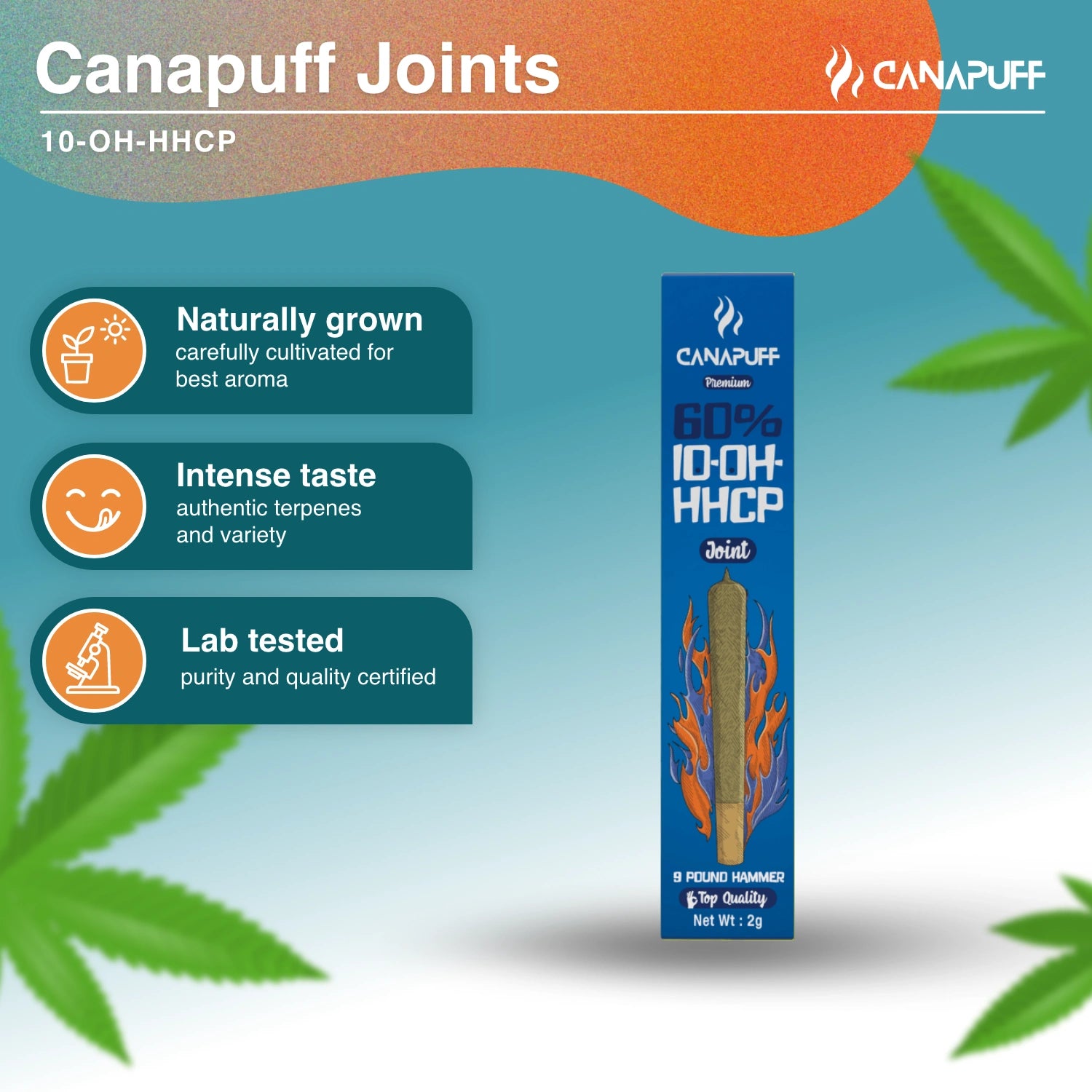
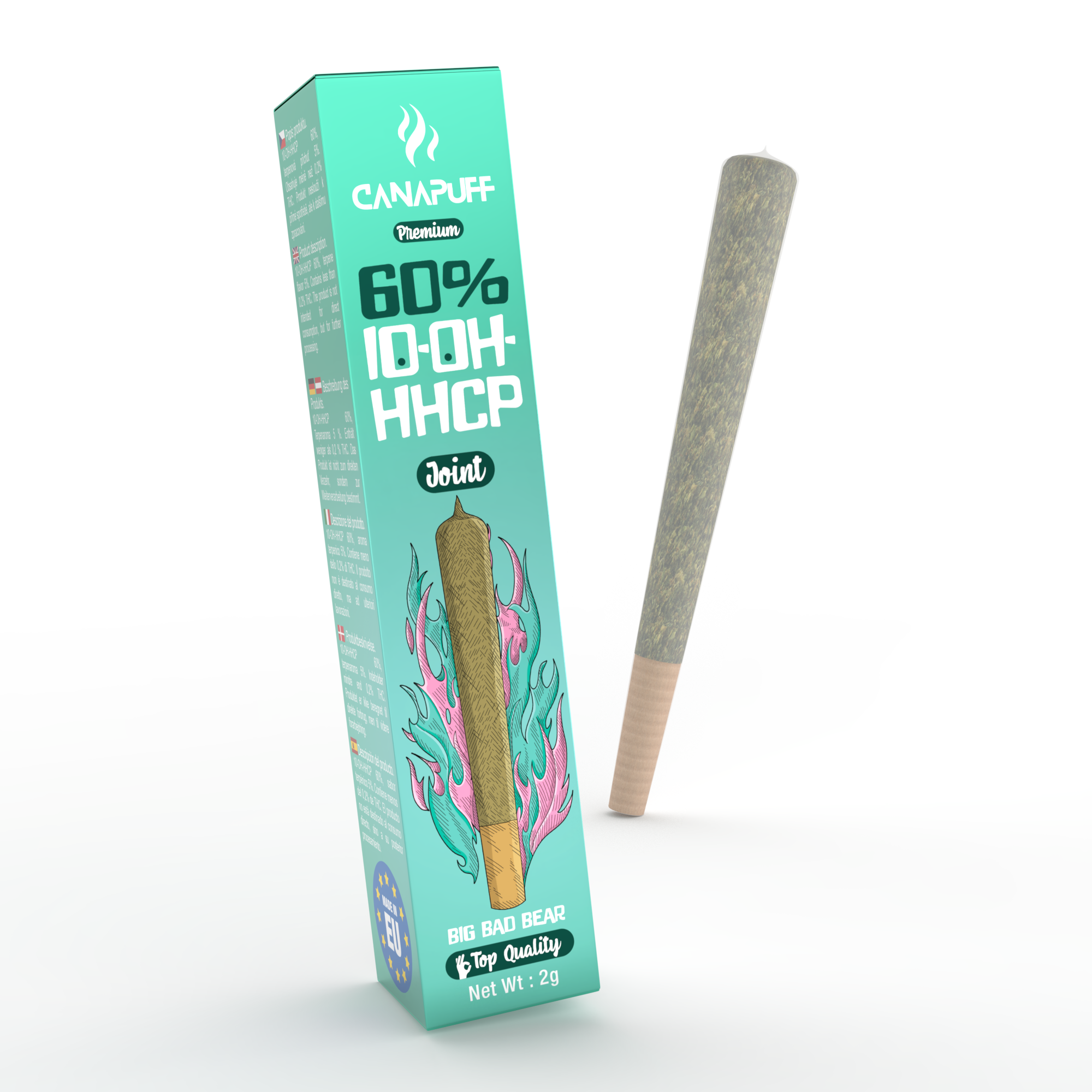

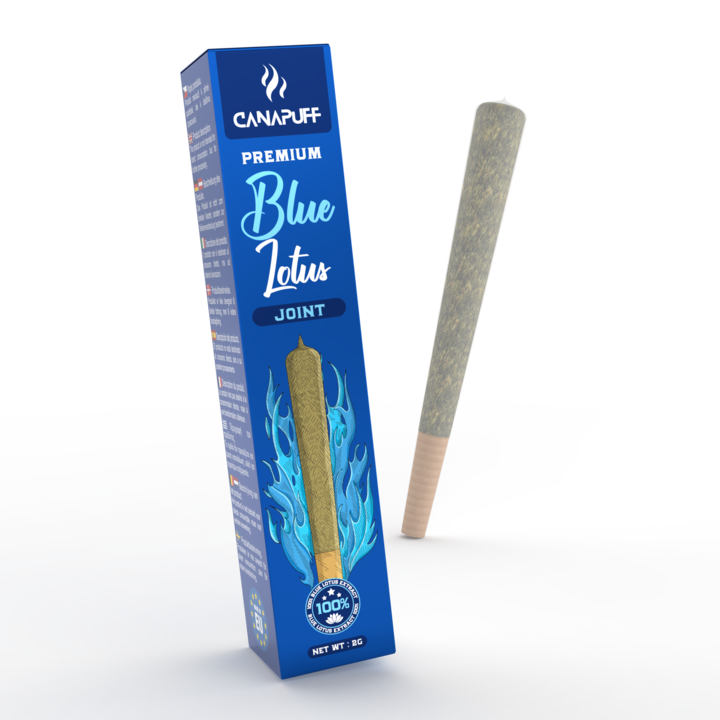

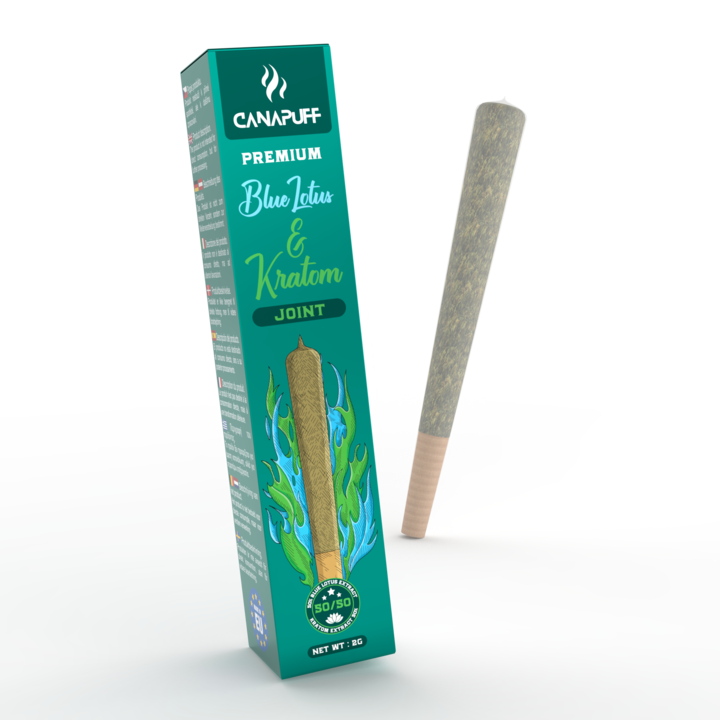
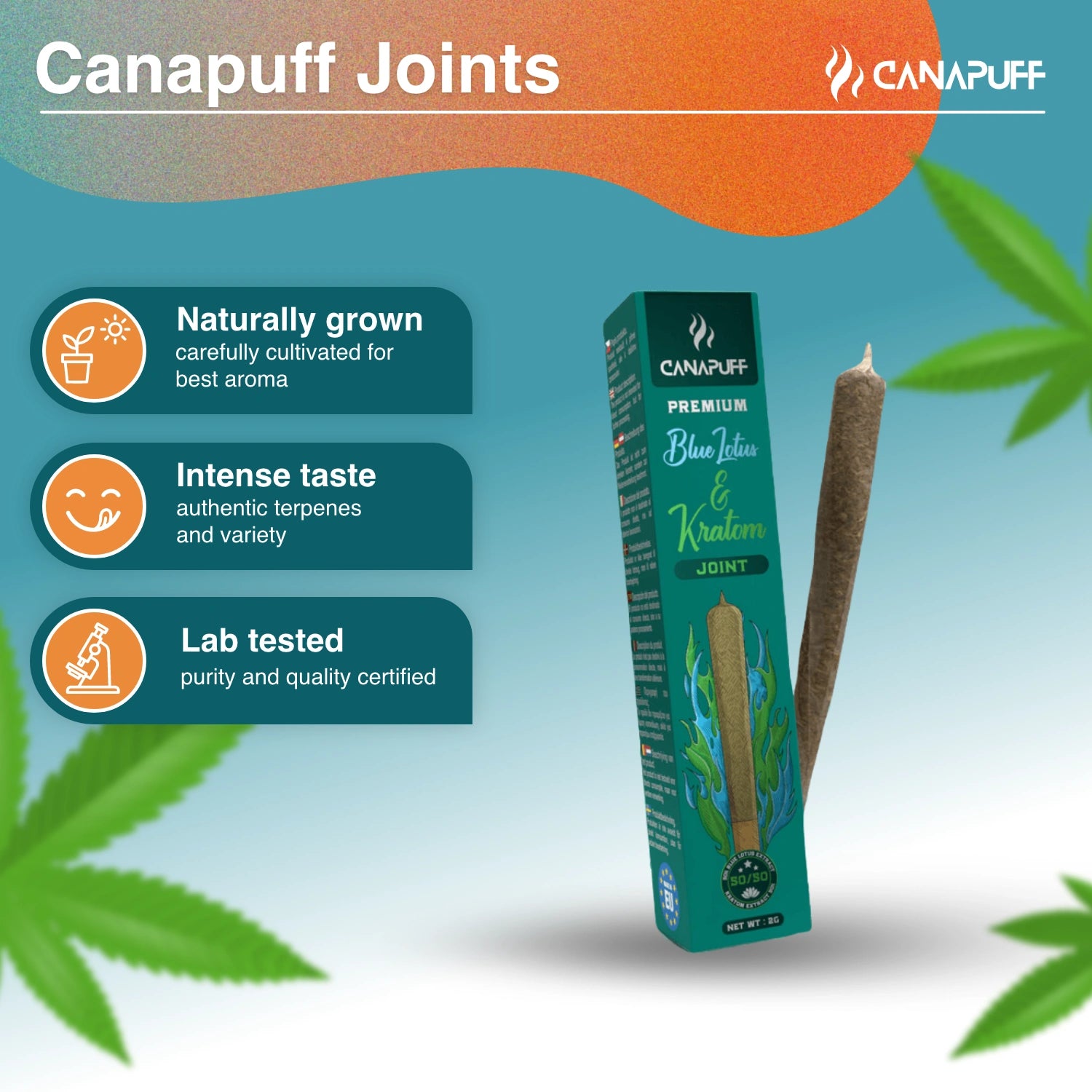

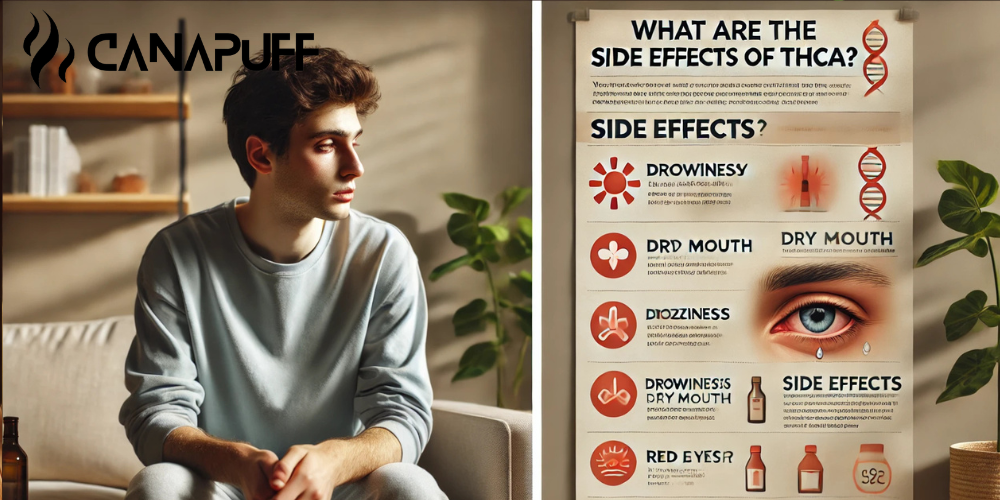

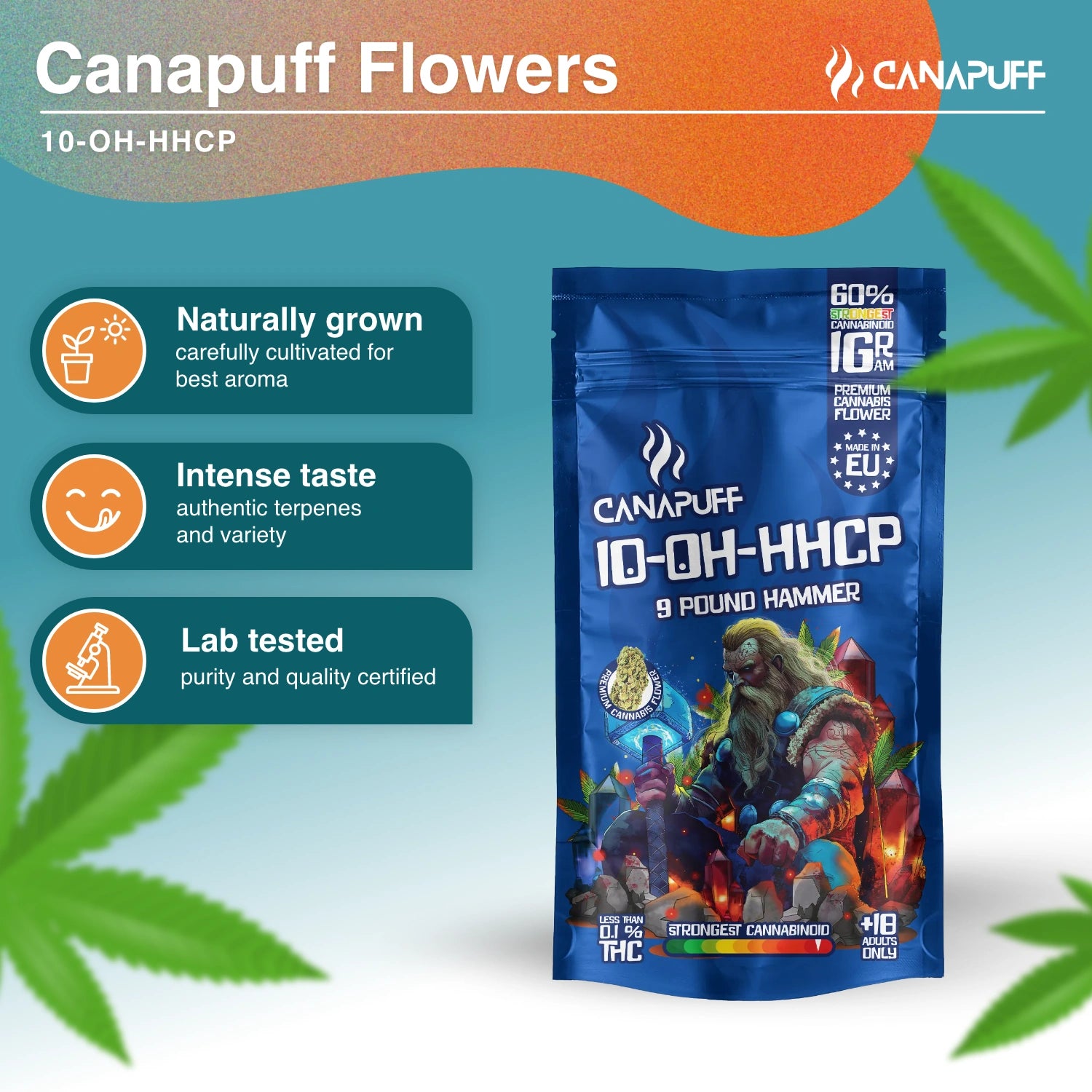
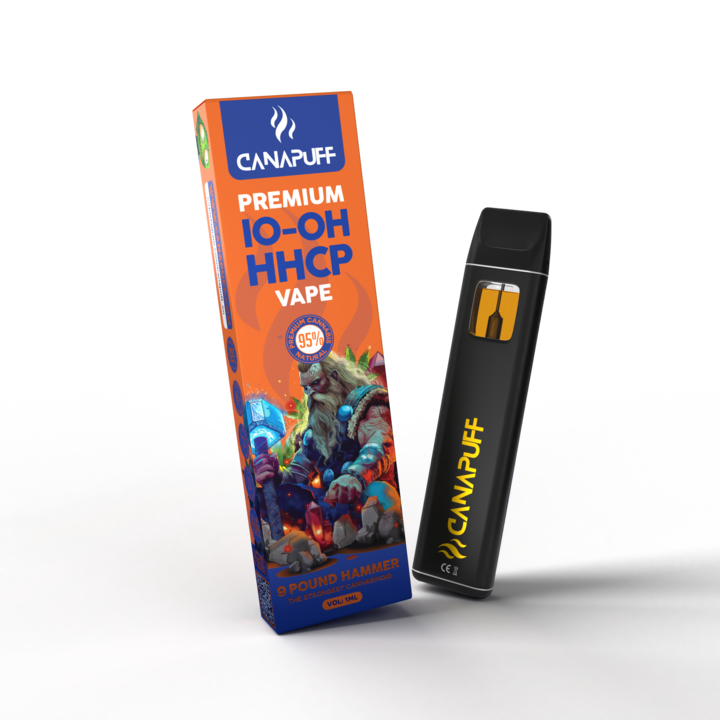



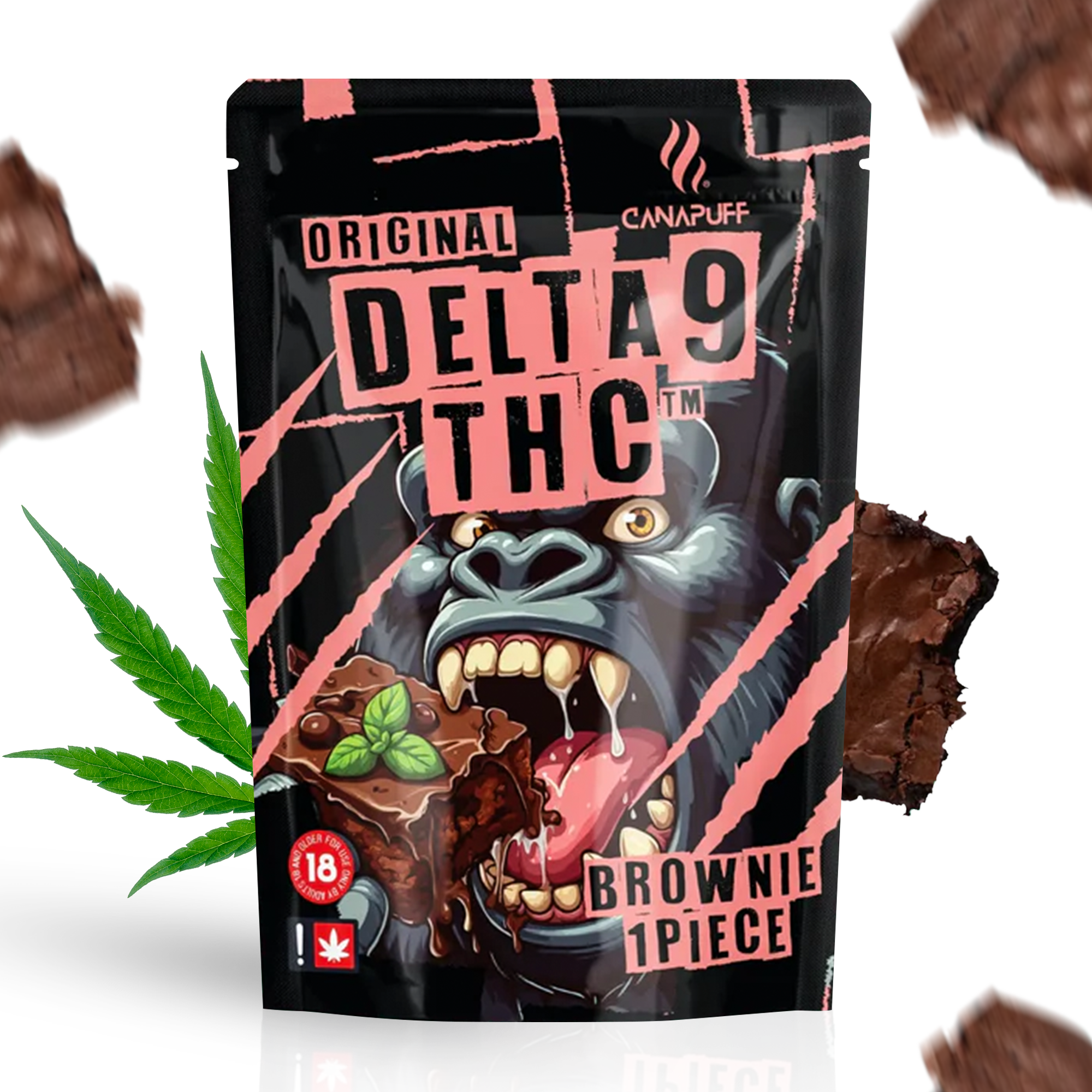

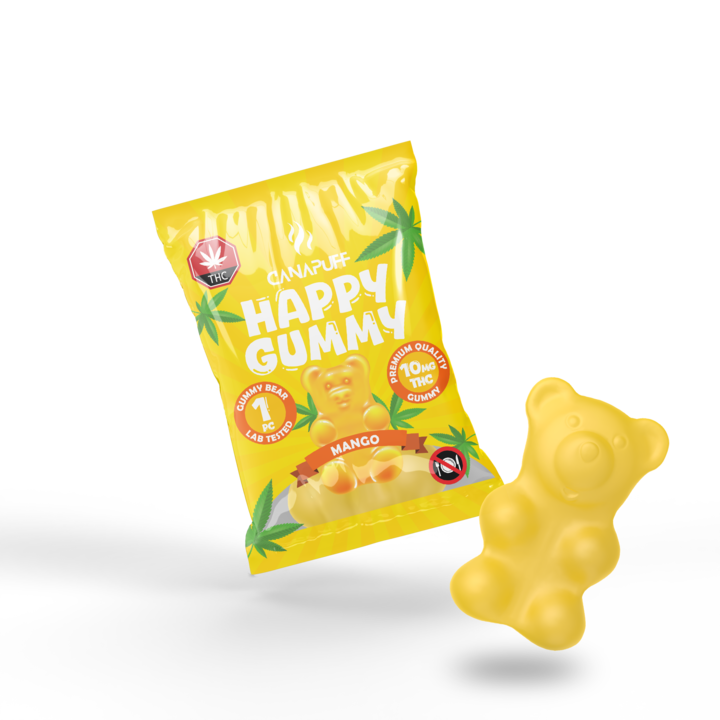
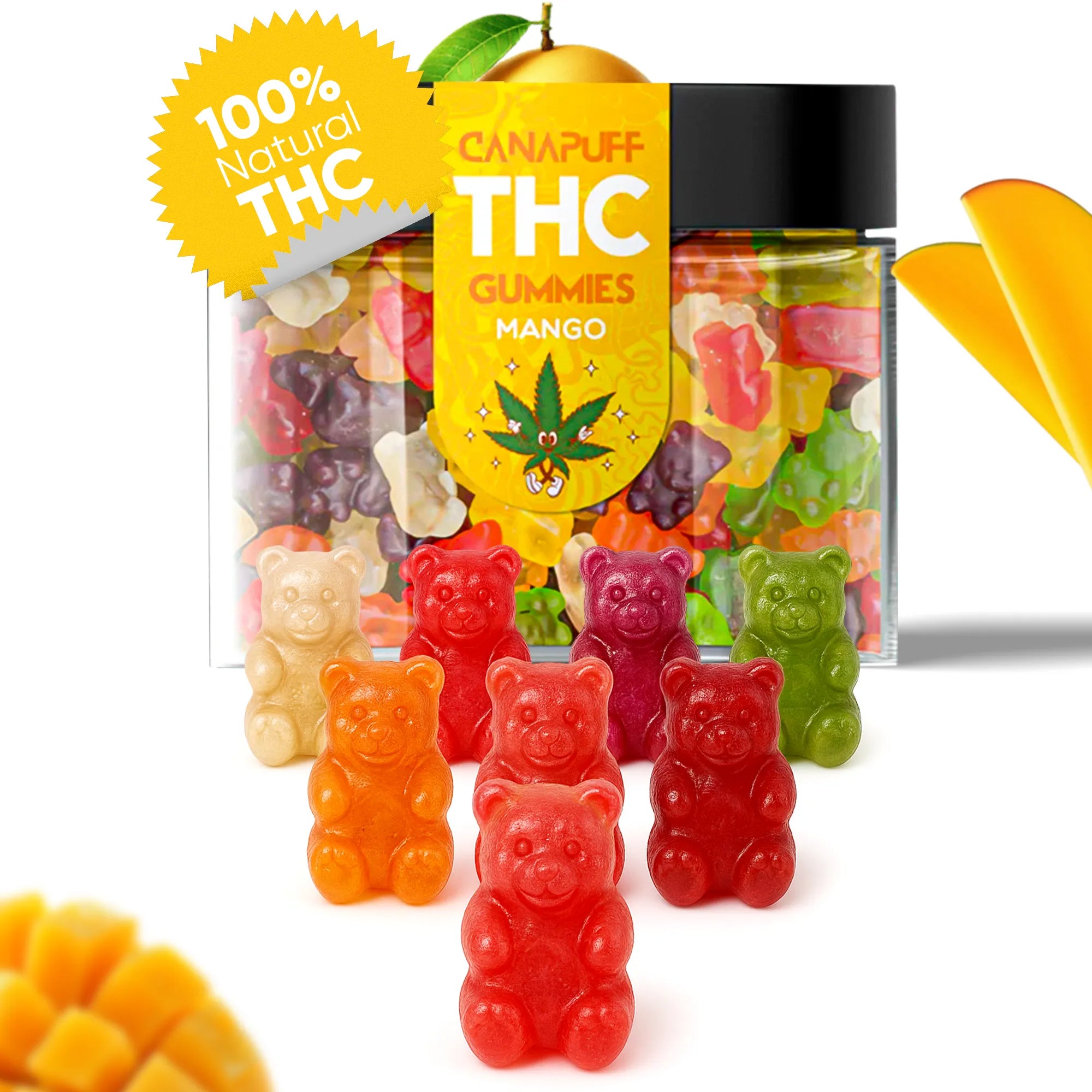





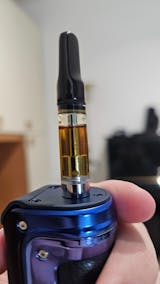
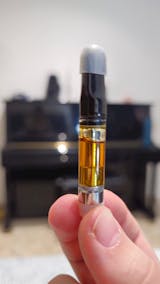
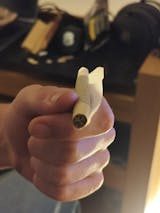
Leave a comment
This site is protected by hCaptcha and the hCaptcha Privacy Policy and Terms of Service apply.